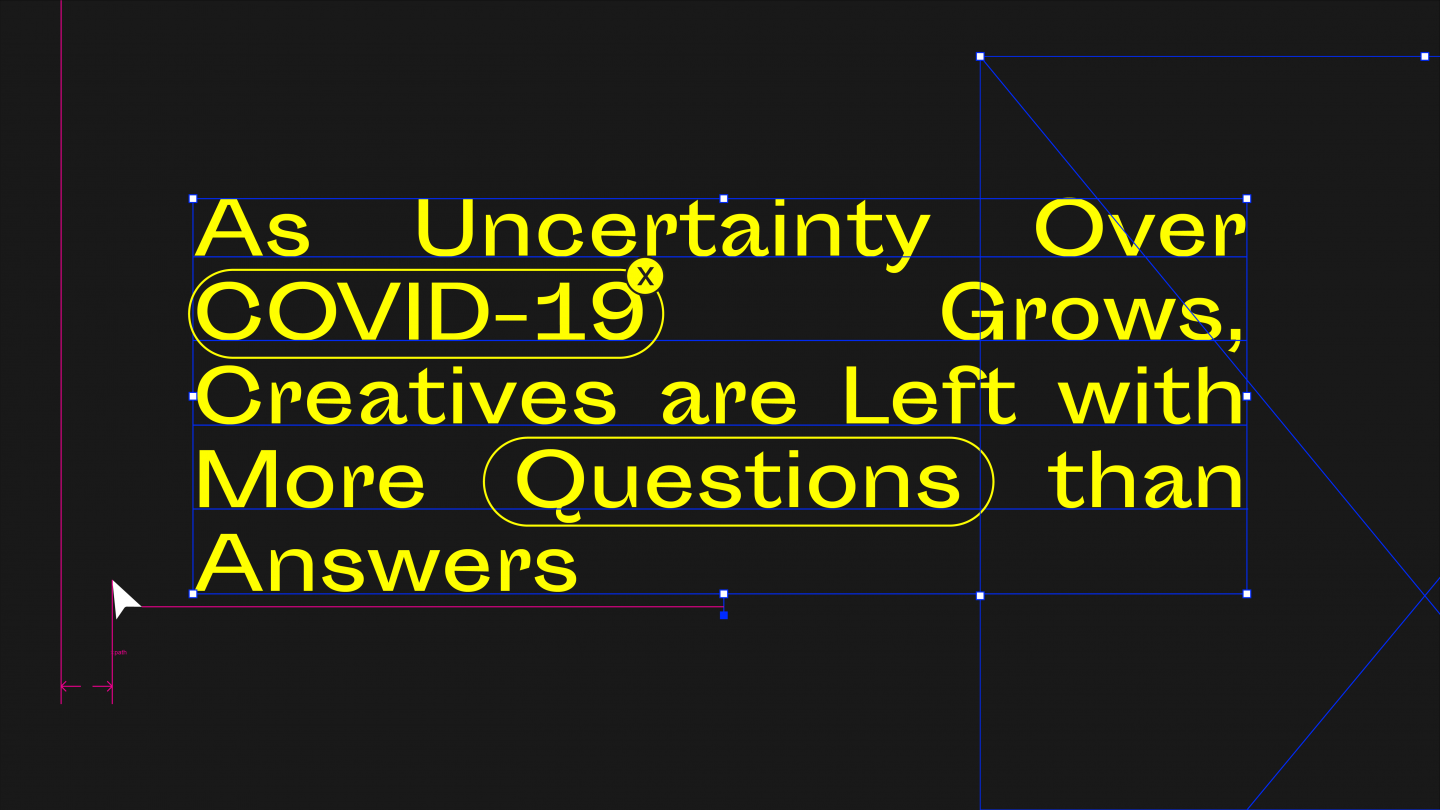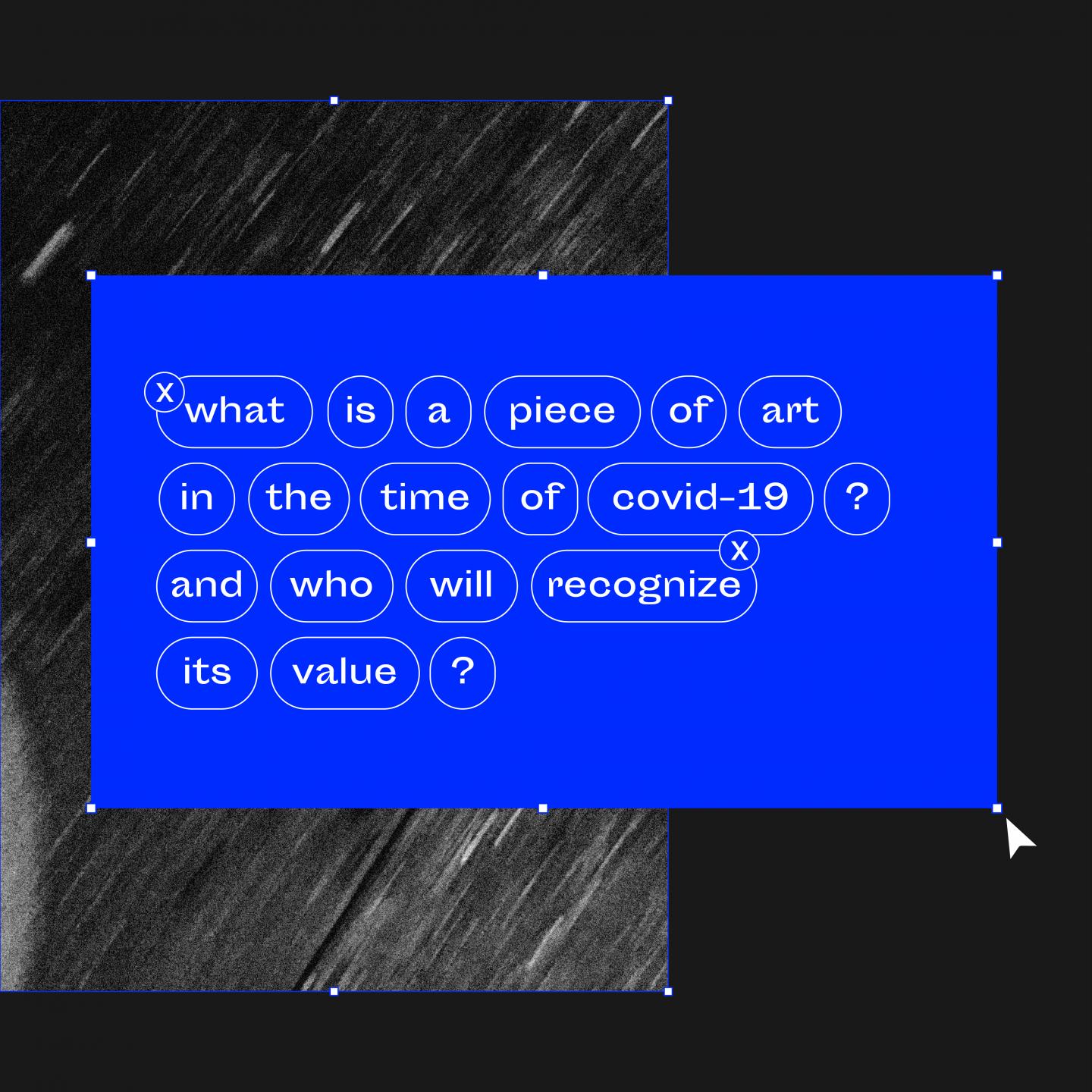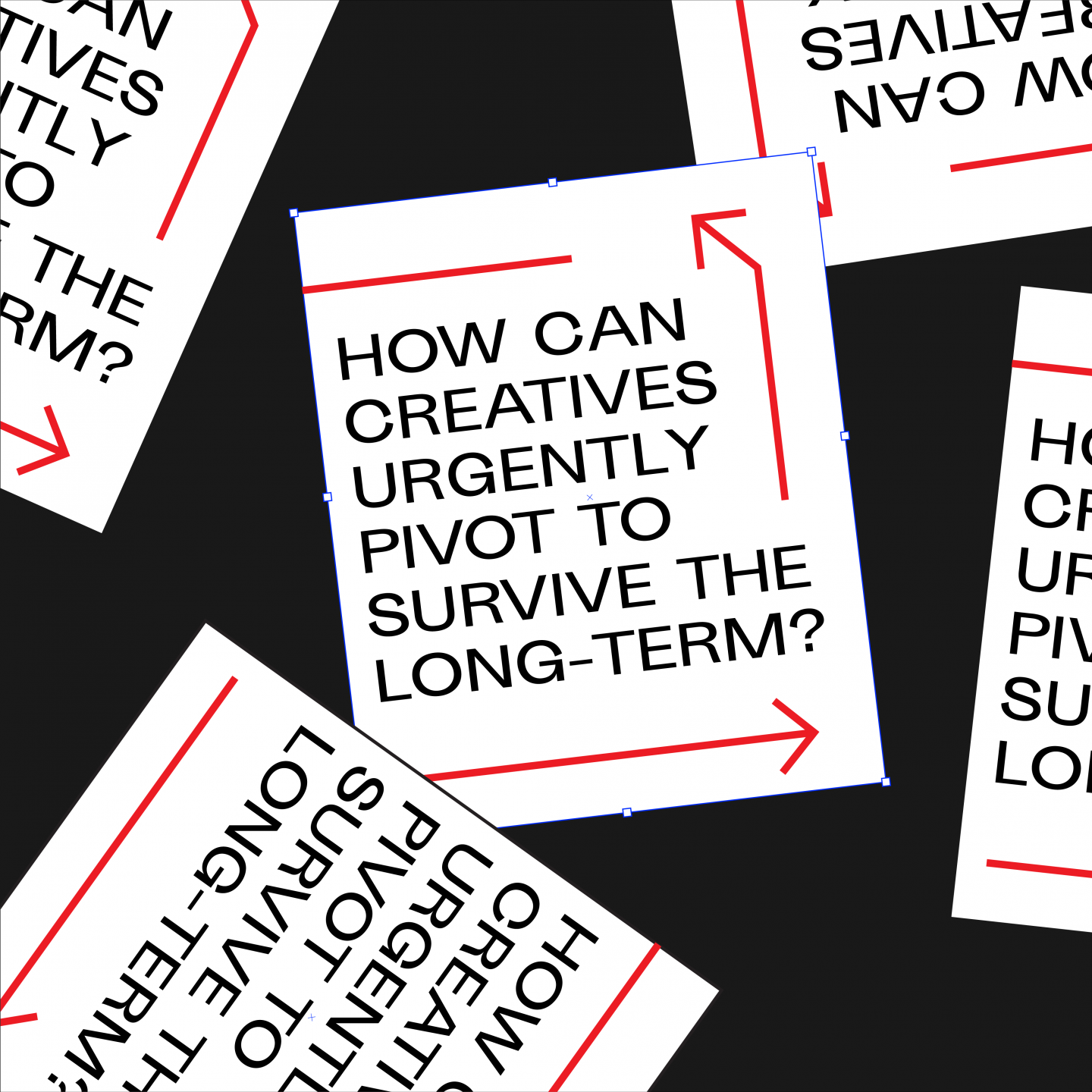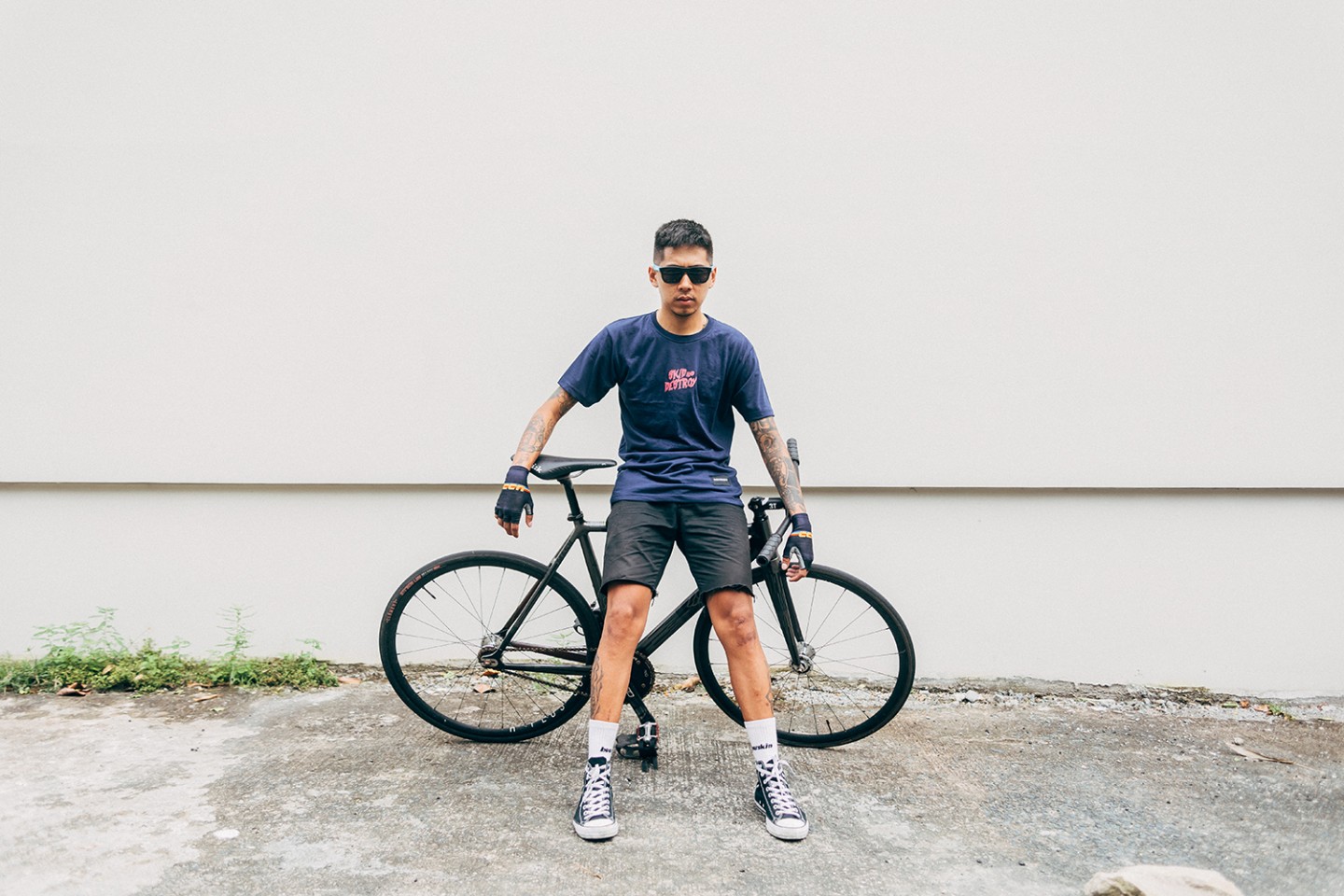
In year 2020, the world heedfully awaits a challenging and painful season to wrap up. While we all hope to have seen the worst of it, our cars dozily park themselves on emergency bay as we steel ourselves for the long haul. The world as we know it has come to a grinding halt — displacing our plans, all sense of future surrendered to the wind. With no clear resolution in sight, creatives are left tussling with the repercussions of an invisible enemy disguised in the nagging question: where do we begin?
We’ve been taken over by a global pandemic. Faced with today’s unnerving headlines, I wake up wishfully thinking that this stolen plot from some darkly bizarre, sci-fi narrative is all a bad dream, but I pinch myself, and then life proves how it’s wilder than fiction. We’re exceeding three weeks into isolation, yet we still gallivant in mild denial. For the privileged, this pause is virtually a staycation at least for the meantime. Others refer to it as an inconvenience—a chapter we’re acclimatizing to through a selection of novel means: Netflix and wine, indoor yoga, art therapy, entries on self-care in the time of COVID-19, and dalgona recipes to name a few. No judgement there; everyone’s just doing whatever it takes to preserve their headspace.

On some days, I catch myself ruminating, wondering how big a chunk of the creatives’ pie is significantly spoiled. All the while, we do our best to convince ourselves that this break from societal overdrive can’t be such a bad thing. “Artists In-Residence” as theater actress Missy Maramara had coined it might be the most opportune time to do the creative work we’ve thus far postponed. After all, business isn’t as usual: start that new painting, organize your studio, or finally finish the manuscript lying dormant on the shelf for months. Yet, however romantic the motivation to drag our bodies out of bed seems, things feel extremely shaky, and it has moved me to question what we do. What is a piece of art in the time of COVID-19? And who will recognize its value? As much as art feeds the soul, creatives are not exactly what the doctor ordered. While food and shelter hold up their rightful spot at the shelf of security, where do beautiful objects and cultural experiences display themselves during times of economic strife? Will the 1% of the 1% muster enough patronizing power to save cultural work from extinction?
What is the creative’s status quo in the time of COVID-19? This is the focal topic in an online forum organized by Pineapple Lab. Entitled “Reimagining How We Gather, Creatives in the Time of Corona,” the digital assembly pulled together seven experts from various backgrounds.
“It’s okay not to be okay,” Benedict Bernabe (managing partner of Beyond Yoga), and the first of seven speakers underscored. Some of us resort to excessive productivity to sanitize the gray clouds that presently hover, but given the longer-than-fancied stretch of this quarantine, we’re left with no recourse but to face reality: this isn’t a sprint, but a marathon. Taking baby steps towards prioritizing our mental and physical well-being can be pacifying, but what happens when the reality of our bills paired with an uncertain future begins to set in? No matter how beautifully grounding yoga can be, no meditative exercise will solve covering rent; debt will fan the flames of anxiety. These issues are pressing especially for creatives who don’t have privileged families to run to. What and who can a tribe of struggling artists count on? And if loans are indeed an option, what might transpire when the work opportunities we once held so dearly can no longer welcome us home? Artists are known to gamble their lives for their work. Beatniks have been digging their nails deep, clinging to the feeble threads of this bohemian fringe, yet they somehow managed to get by through the aid of galleries, patrons, side stints, and support groups. Today, however, rattles the art world exceptionally different; we’re entering a time when the last of our security blankets will have their own backs to scratch. “To each his own life boat,” COVID-19 commands.
What will be left of gallery openings, art workshops, gigs, film and theater productions, and product fairs post-pandemonium? How long will it take for society to recover health security before people can safely step into crowded places once again? What will be of creatives during this lull? At a time when social distancing will most likely be practiced in the months following quarantine, at which point will the likes of makeup artists, dancers, actors, and musicians pick up from? Who will have to shift trades, close shop, or adapt new careers in order to make ends meet for whatever that time being requires? How vulnerable will creatives be at the onset of an impending economic spiral?

As Managing Artistic Director of The Sandbox Collective, Congressman Toff De Venecia points out the strictly-calendared plans the theater industry syncs itself around — with COVID-19 postponing seasons indefinitely, scheduling rehearsals alongside assembling an entire production crew can be likened to herding cats. Everything is in limbo. While discussing financial matters involving artists, Toff fills us in on the Freelancer Protection Act they’ve been busy lobbying, but with no certainty in sight, creatives are left vulnerable during this flash crisis. Will the Philippines leave its cultural workers hanging and on the brink of endangerment? Writer and Consulting Curator of Lopez Museum, Czyka Tumaliuan leaves an important question: “What should be a better socio-economic system to financially support and protect art? How can we collectively support cultural production?”

Most of our concerns are still left unanswered and, in fact, even more questions arose — as expected because we are living in unprecedented times. There is a bigger systemic issue at hand, and we’re hoping to discuss a thing (or twenty) of our distresses. While the forum provided band-aid relief, perhaps the most important question remains: how can creatives urgently pivot to survive the long-term? At this tipping point, it’s no longer a situation we can downplay, but a desperate plea to subsist.
Designs — Edward Joson




